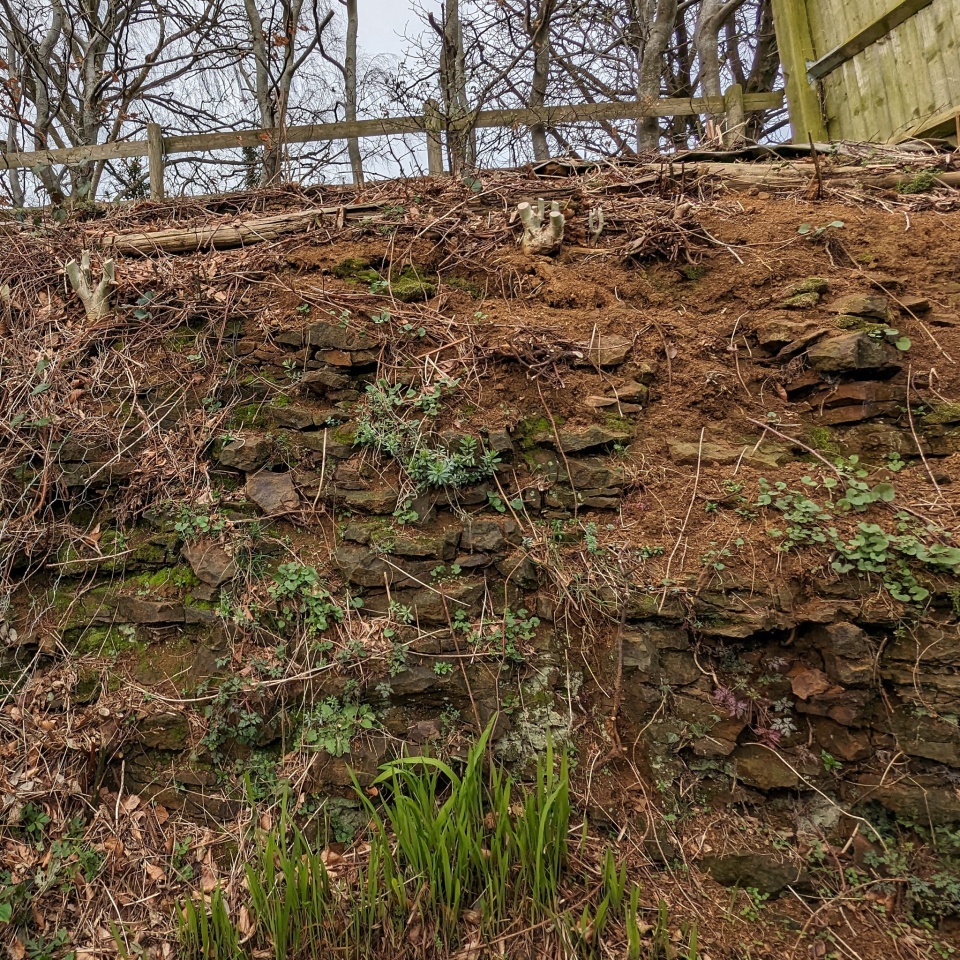On the face of it
Thanks to Tata, and Michael Sheen, Port Talbot is having a moment, if not a very comfortable one. For ten years, I have assumed that the iron ore that was mined here in our village was taken to the south Wales valleys - somewhere exactly like Port Talbot, I thought. Shamefully, I have just done proper due diligence and now have egg on my red face
I knew that by far the largest and longest active quarrying operation here was called 'Brymbo' - a Welsh business that invested here. A strange, alien-sounding name, I have always thought - not a 'll' or a 'dd' in sight - doesn't sound very Welsh at all. Wrong, wrong and wrong again. Brymbo is a village, just outside Wrexham in North Wales. And the word 'brymbo' is as Welsh as they come - first recorded in 1339, 'bryn baw' means 'mud hill'. Not very poetic, but possibly a step up on Swindon
Furthermore, Brymbo steel works was in operation from 1796 until 1990. For its first hundred years it used locally sourced iron ore but, when that ran out, it was forced to look elsewhere. Quarrying had begun here, on a small scale, in 1889 but Brymbo Ironworks bought land here and began on a much larger scale in 1898. WWI was a boom time, of course. The business all but closed in the depression of the 1930s then revived during WWII. Immediately after the war, when cheap imported ore became available again, all activity ceased. Eighty years later, exactly the same paradigm has crippled Port Talbot
Although it's not difficult to see traces of the quarrying years around the village - odd changes in the profile of the land, strangely shaped hills, waste land in places you would not expect it - I have never seen a bare rock 'face' such as the quarry workers might have seen every day. Our friend has cleared scrub vegetation from the end of their garden and exposed this almost vertical rise of 4 metres or so, with the undisturbed, layered rock clearly visible. The house is close beside the disused track of the railway that took ore to Brymbo. According to some of the sources on our local history web site, this was the first area exploited, back in the 19th century, so this may be one of first faces seen here
Not the prettiest picture I've ever taken, but I like the relic of a lost world, sitting there unremarked for over a century until I happen along with a camera. For me, it rocks


Comments
Sign in or get an account to comment.


